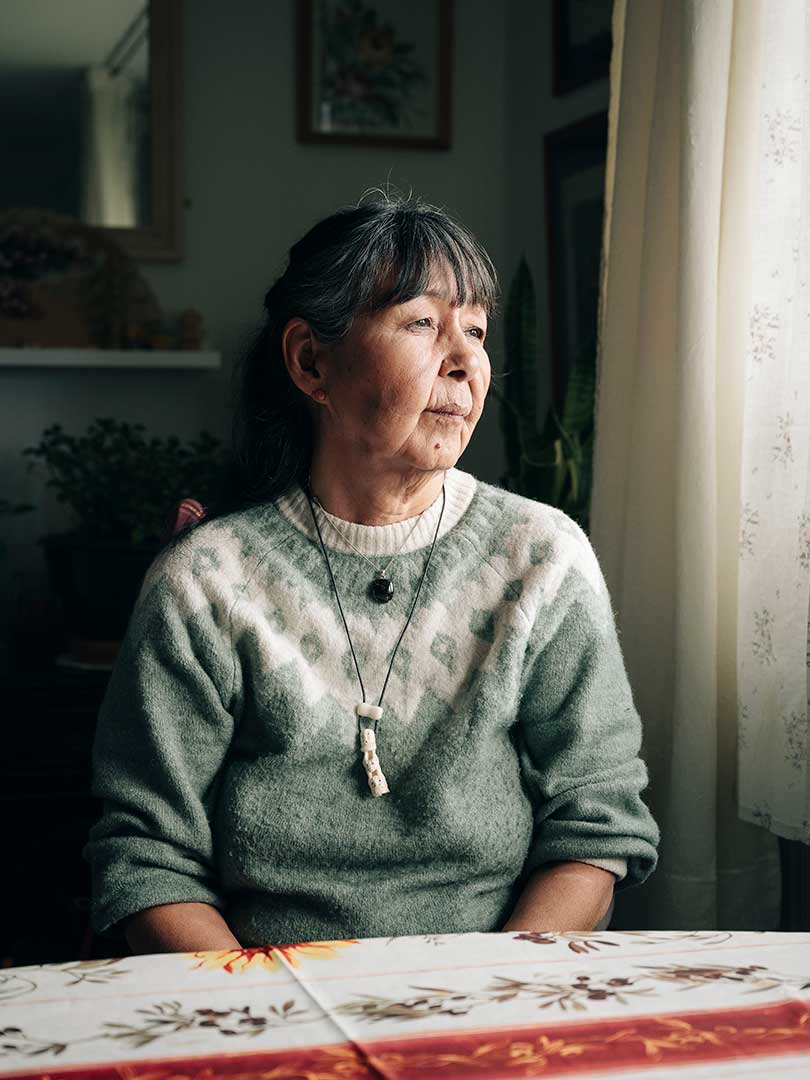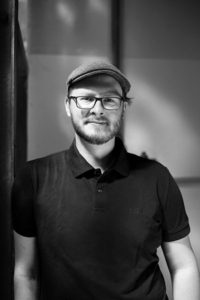Jan Richard Heinicke
»Veins of Doubt«
The small town of Narsaq, nestled in southern Greenland, has found itself at the center of global attention. Beneath the dramatic slopes of its fjords lie vast deposits of rare earths—and uranium—among the largest known in the world. Their discovery has drawn international interest, reigniting geopolitical tensions; in 2024, U.S. President Trump renewed his claim to the island following the election.
Plans to mine the site sparked strong local opposition, ultimately leading to a change in government in 2021. The newly elected leaders passed the Uranium Act, effectively banning the extraction of rock containing radioactive material.
Even though the law has brought a measure of calm, it can be renegotiated by future governments. In the long term, Greenland is striving for independence from Denmark. But with annual subsidies from Denmark totaling around 500 million euros, many believe that expanding mining activity is the only realistic path forward. This report takes a closer look at a region deeply divided.
Ausstellungsort: sam – Stadtmuseum am Markt
_____
Jan Richard Heinicke, born in 1991 in Germany’s Ruhr region, first studied spatial planning before turning to photojournalism in Hanover. His work consistently explores the tension between human demands on the natural world and the enduring power of nature itself. Heinicke sees his role as that of a translator—making complex, often scientific topics accessible and engaging for a broader audience.


